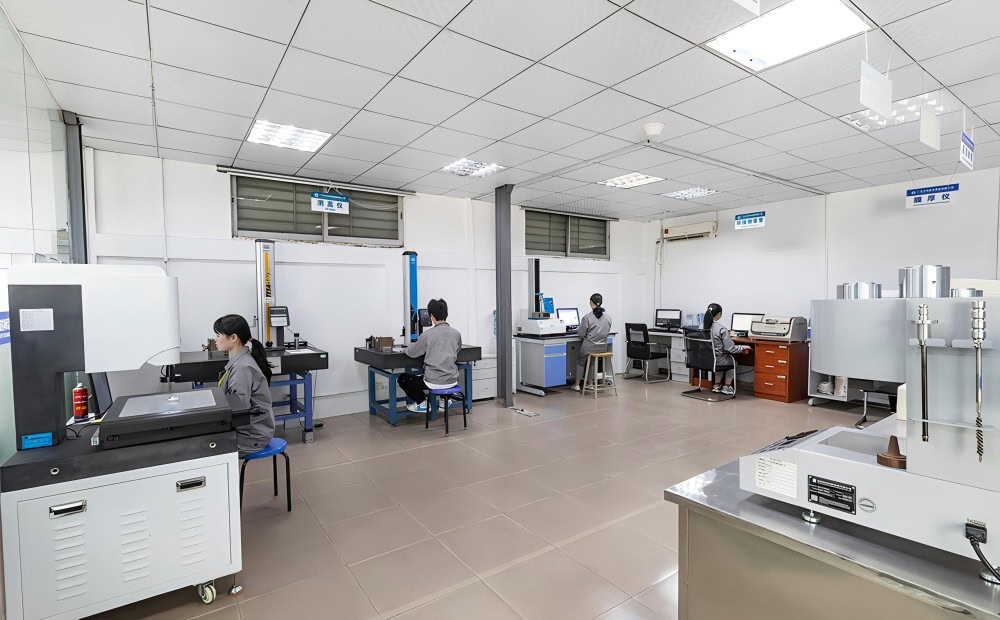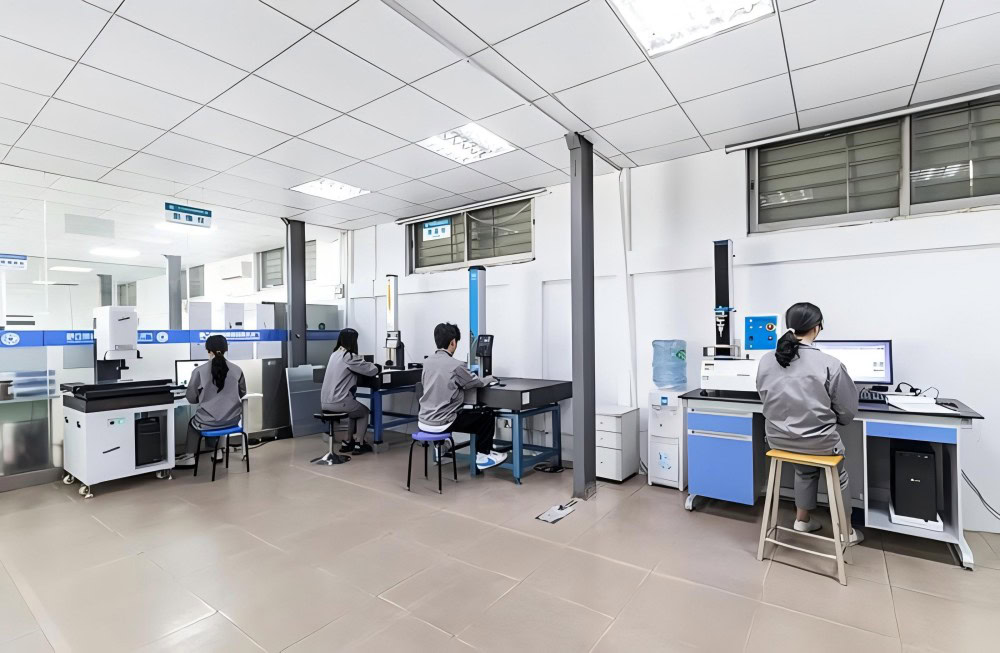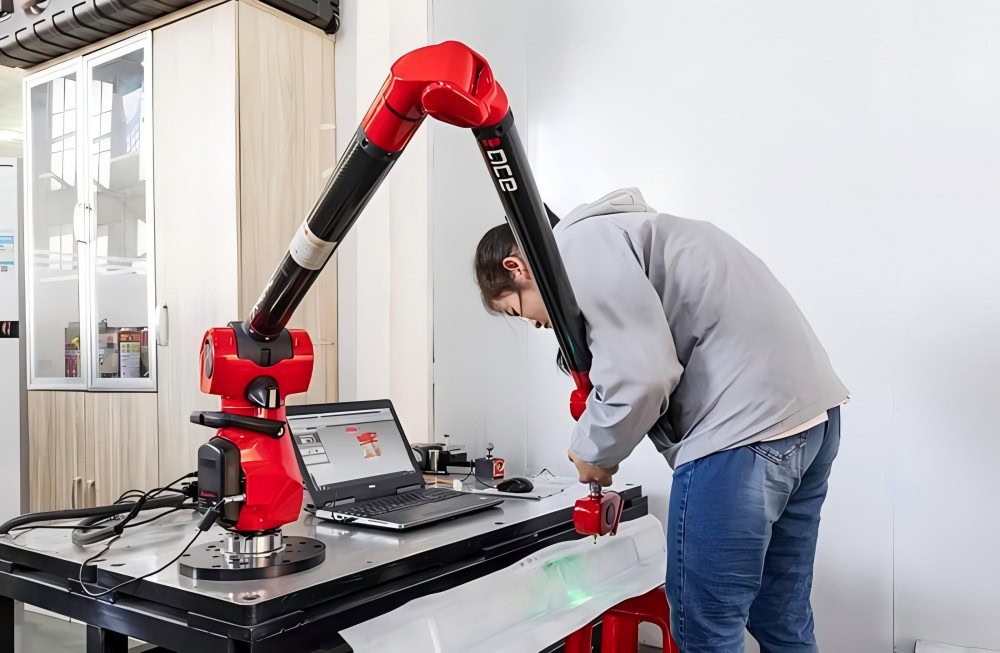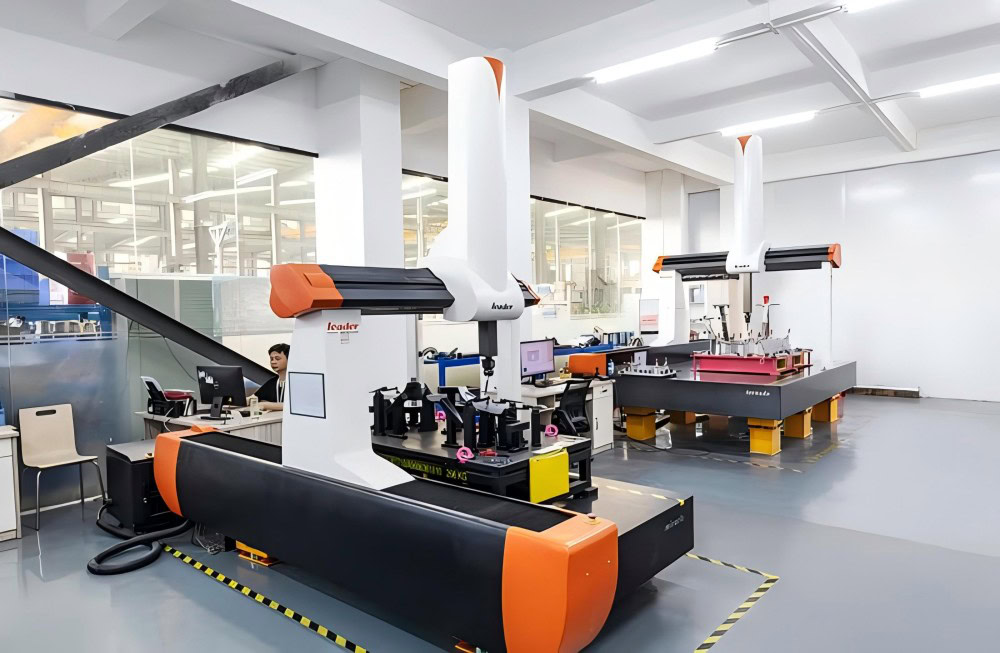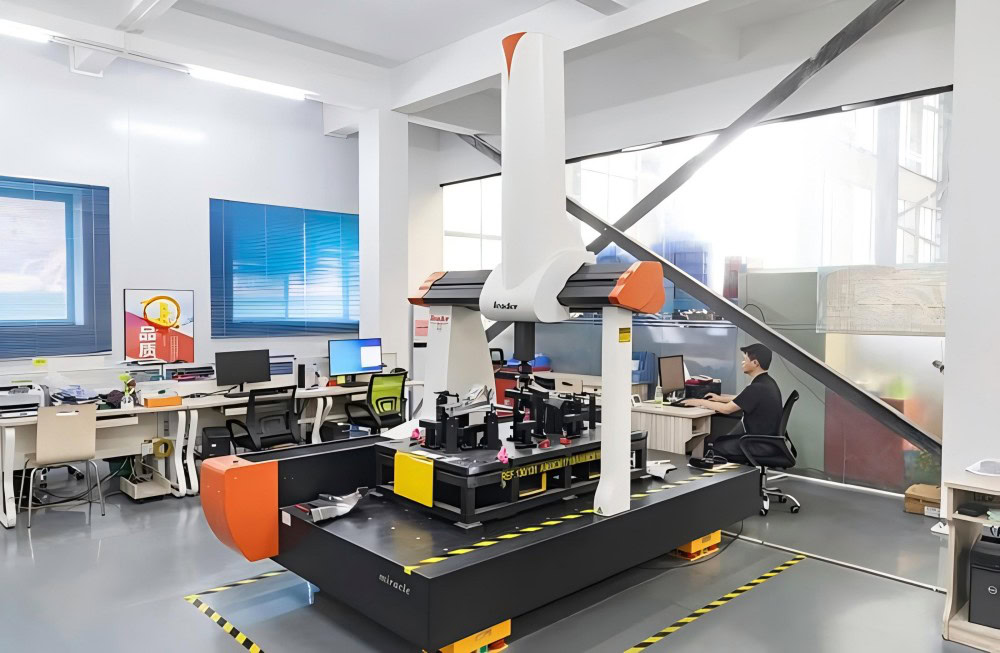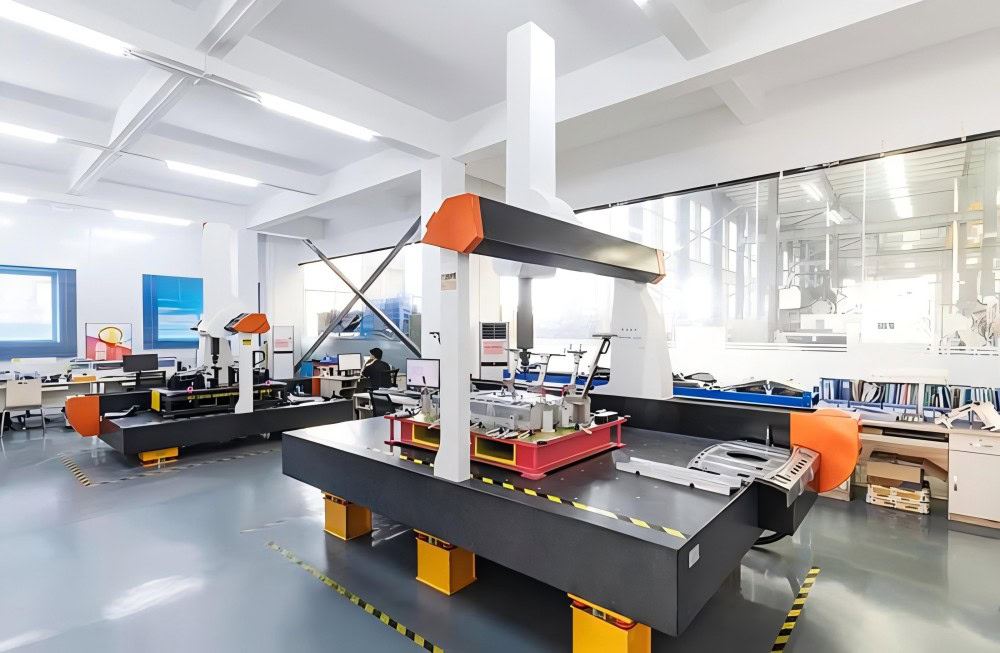Sheet Metal Bending Titanium
Custom titanium sheet metal bending services for high quality prototypes and low volume manufacturing. Free sheet metal fabrication quote and DFM review within 1 day. Fastest delivery time is 3-5 days.
- Competitive Price
- Complex Geometry
- ISO 9001 & ISO 13485
- 15 Finishing Services Options
- Full-Size Quality Inspection Report.
WSTITANIUM FACTORY
Our Powerful Facilities

Sheet Metal Bending for Custom Titanium Parts
Sheet metal bending is a common process in sheet metal processing. It mainly uses pressure to make the ductile metal material produce plastic deformation to achieve the desired angle and shape. Wstitanium invests in CNC bending machines and machinists to provide you with titanium sheet metal bending services. Titanium has good ductility, so it is easy to bend into the desired shape without breaking. The advantage of titanium bending is that it is fast and does not require mold development. It is suitable for prototyping, low-volume manufacturing and mass production.
Wstitanium sheet metal bending capabilities
The sheet metal bending process involves applying forces to a titanium sheet that exceed its yield strength, causing the material to physically deform without breaking or failing. The bending machine works by lowering a punch onto a titanium sheet located on a die, forming the desired geometry. It sounds like a very simple process, but there is more to titanium sheet metal bending than meets the eye. For example, Wstitanium develops multiple sheet metal bending methods. Although they function similarly, they operate differently. Therefore, fully understanding the selection of the ideal method is the first step that Wstitanium needs to take when manufacturing titanium sheet metal bending.
- Large R Die
- Scoring Die
- Flattening Die
- Segmented Die
- 30° Pointed Die
- 88° Goose Neck Die
- 88° Straight Die, etc.
- 88° Small Bending Die
- 88° Straight Bending Die
- Bending angle – 270°
- LOGO: laser engraving
- Bending thickness: 60 mm.
- XYZ axis tolerance: +/-0.1 mm
- Bending radius: 1.0 -16.0 mm
- Bending line length: 5000 mm
- Bending force: up to 1000 tons
- Bending angle tolerance: +/- 0.5°
- Maximum part size: 1.5 m x 1.5 m
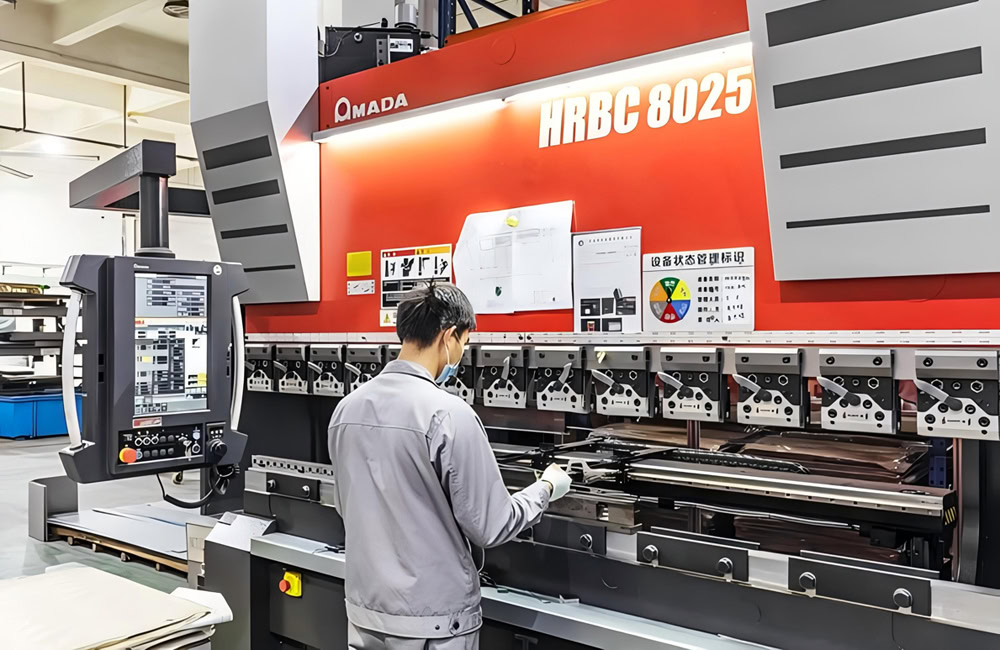
| Metal Bending Capability | Max Length | Max Thickness | Max Angle |
| Press Braking | 40 feet | 1.5 inch | 270 |
| Tube Bending | 20 feet | 1.5 inch | 180 |
| Roll Bending | 16 feet | 0.5 inch | N/A |
| CNC Bending | 12 feet | 1.5 inch | 180 |
| Section Bending | 24 feet | 1.5 inch | N/A |
| Mandrel Bending | 10 feet | 1.5 inch | 180 |
| Plate Rolling | 10 feet | 1 inch | N/A |
| Angle Rolling | 8 feet | 0.5 inch | N/A |
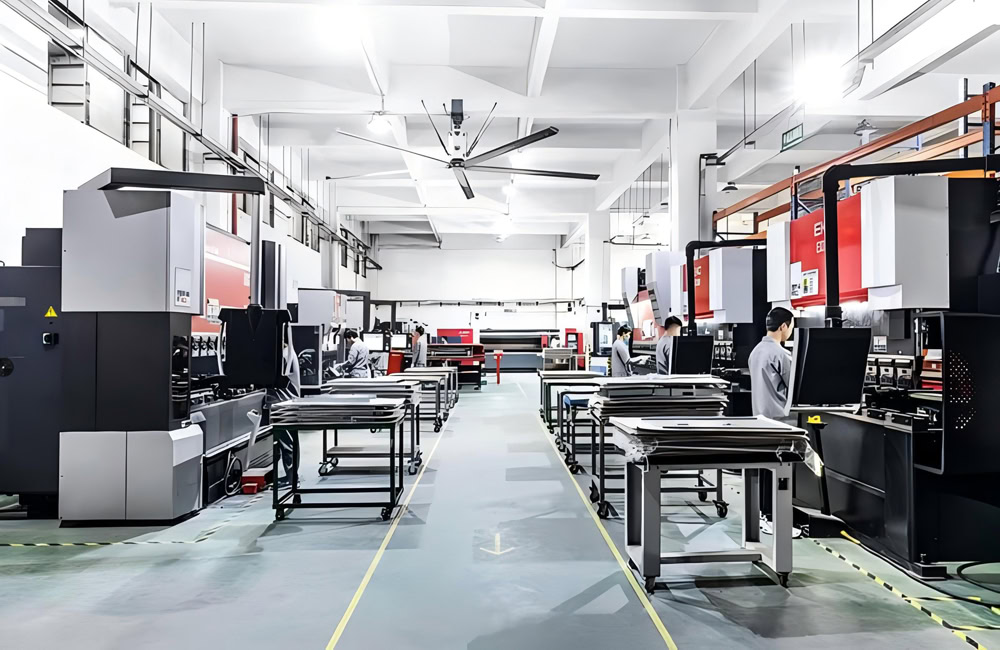
Sheet metal bending is not a single process, but a collection of techniques. Each technique has its own characteristics, advantages and challenges. Understanding these different methods is essential to selecting the right one for a given application, taking into account factors such as titanium grade, required bend radius, etc.
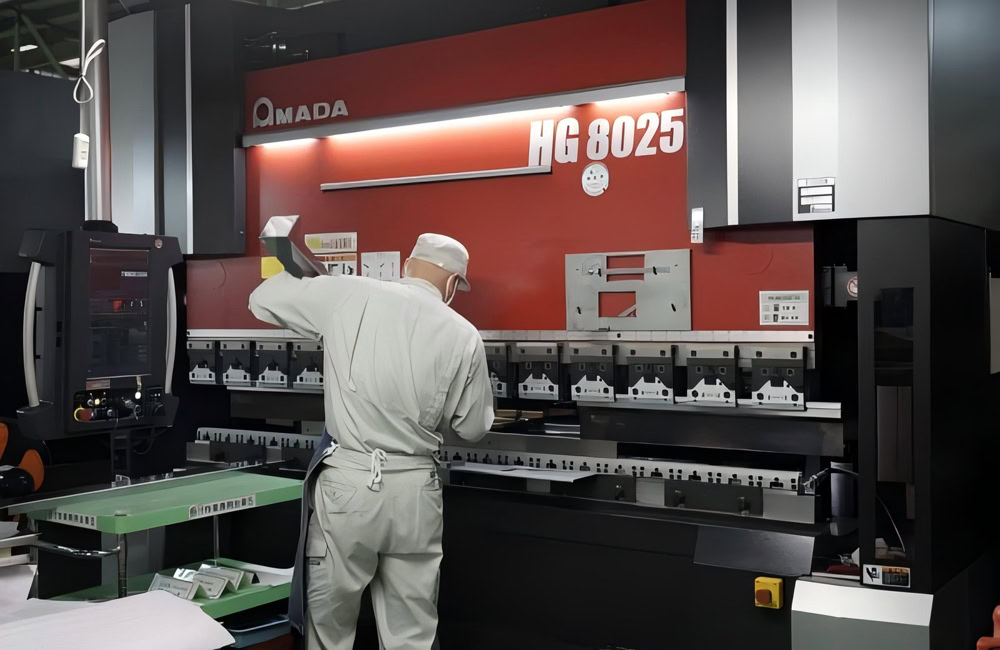
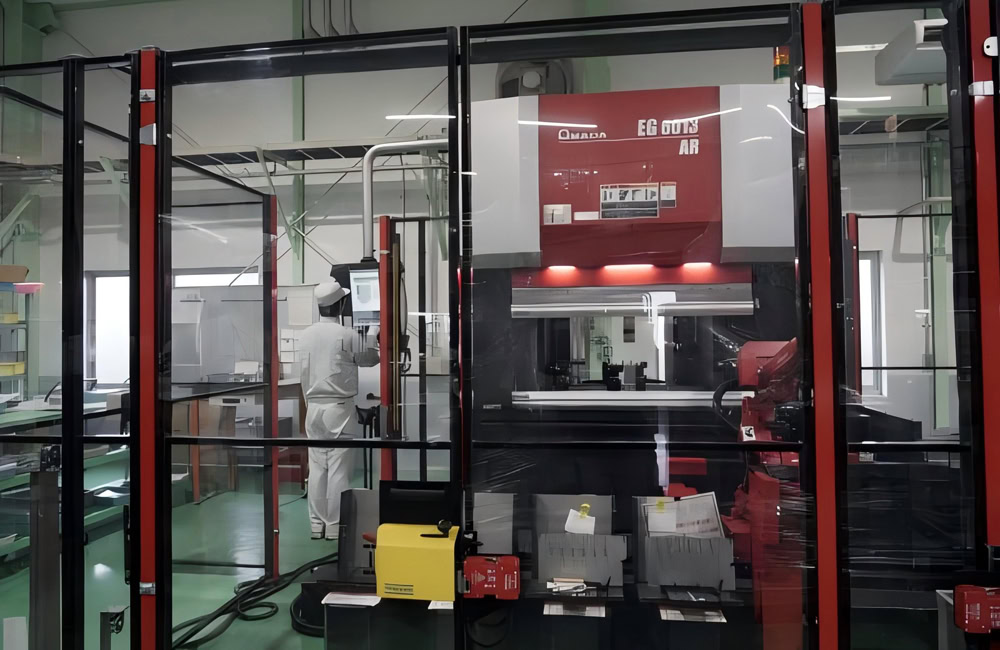
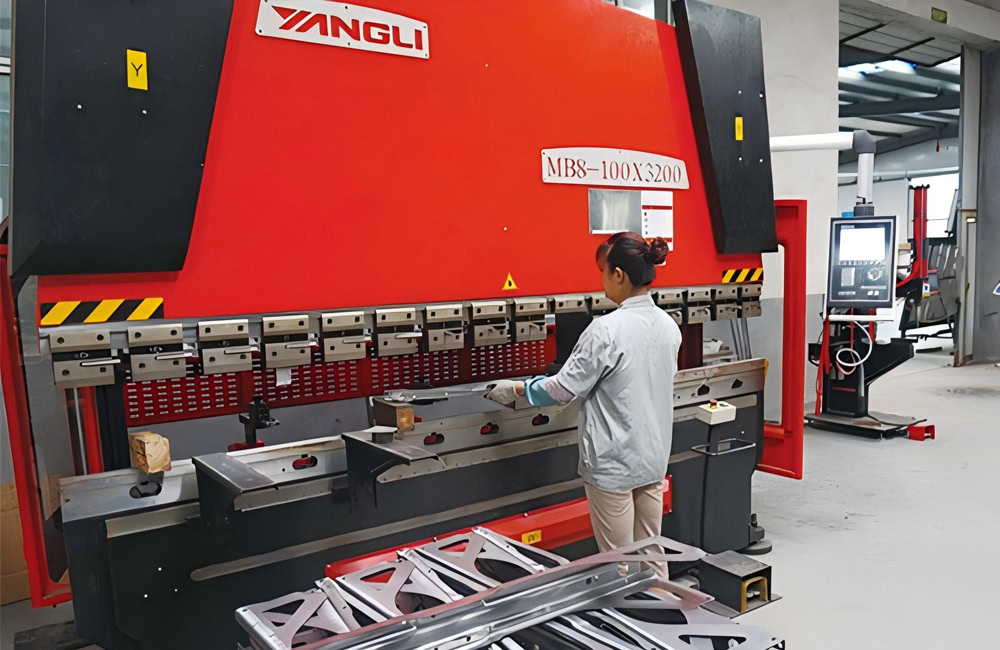
Method #1 V-bend
V-bending is the most common sheet metal bending method and is used for most bending needs. A V-shaped die and punch press the titanium sheet into a “V-shaped” groove in the die, bending it to the desired angle. This technique can achieve sharp, obtuse, or 90° bend angles, depending on the V-shaped punch and die angles. Three common types of V-bending:
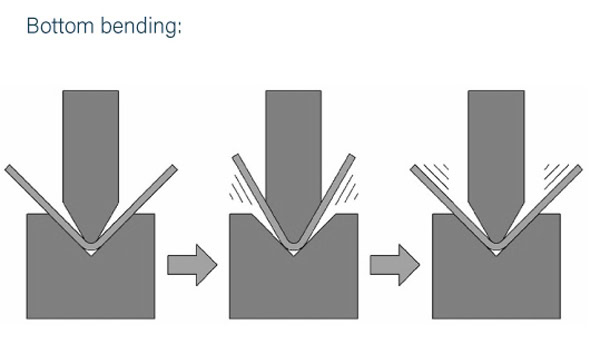
Bottoming
Bottom bending presses the titanium sheet to the bottom of the die, creating the desired shape and angle. The shape and position of the die angles determine the final shape of the bend. The titanium sheet is less likely to spring back after being compressed. The strong force of the punch combined with the angle of the die results in a permanent and consistent final structure for the titanium sheet.
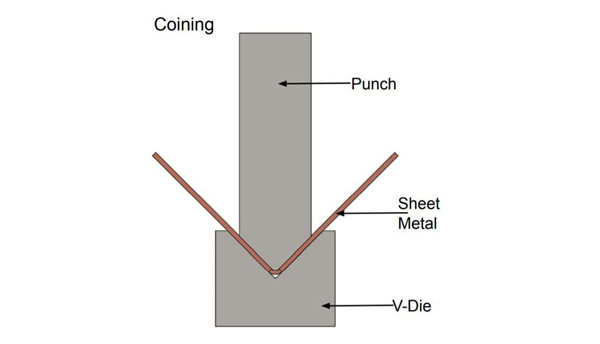
Coining
Coining is favored for its accuracy and ability to grade titanium sheet. Coining bends require more tonnage than air bending and bottom bending. The advantage of coining is that, with excellent results, accuracy. In addition to accuracy, repeating results is also a simple task when using this technique. Coining means that the titanium sheet is unlikely to return to its original state.
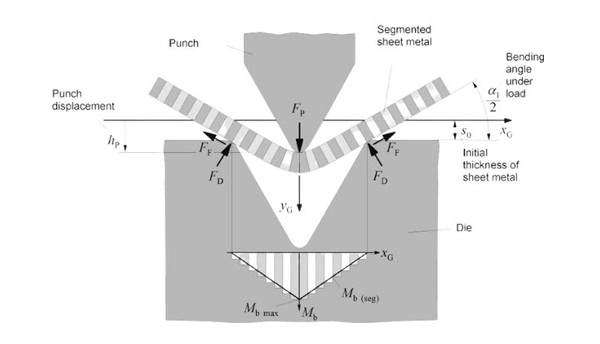
Air Bending
Air bending is often used when a simpler solution is needed because it does not require the use of tools. One of the main disadvantages of air bending is that the titanium sheet may spring back. The punch will apply force to the titanium sheet on both sides of the die opening. When air bending, the titanium sheet does not make contact with the bottom of the die.
Method #2 Wipe Bending
The titanium sheet is fixed to the wiping die by means of a pressure pad. The punch then applies force to the edge of the titanium sheet that extends beyond the die and pressure pad. The punch or wiper flange then moves downward, causing it to bend at the end of the die. This means that less force is applied to create the desired bend (and bend angle). However, it is not suitable for creating blunt bend angles. The wiping die is critical because it determines the inner radius of the bend. With the Wiping Bending technique, all sides of the titanium sheet edge can be formed simultaneously, greatly increasing productivity. In addition, there is minimal risk of surface cracking in the deformed area.
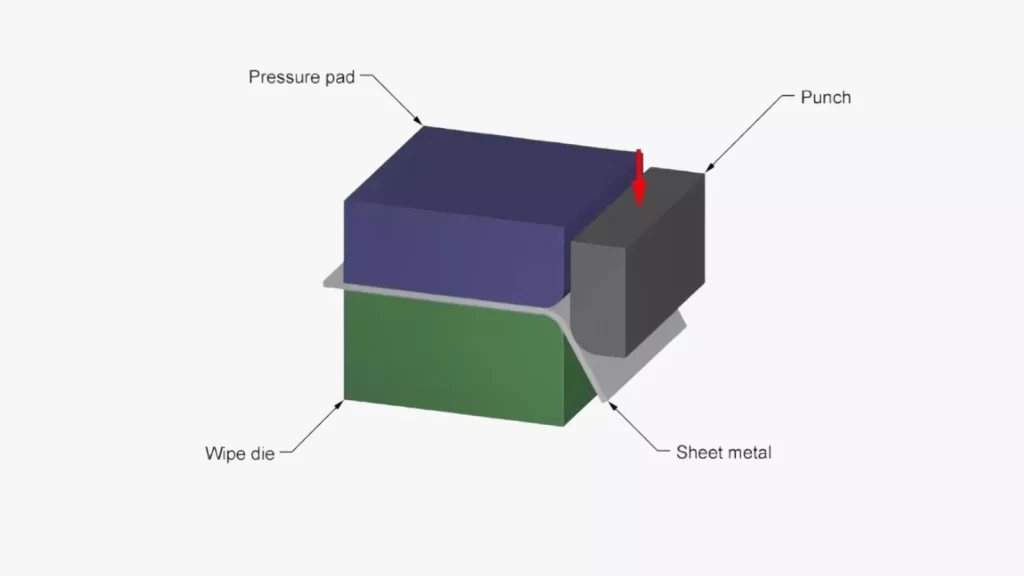
Method #3 Roll Bending
The roll bending method allows titanium sheet metal to be bent into coils, tubes, cones, or curved shapes. The roll forming process utilizes a press brake, hydraulic press, and three sets of rollers to feed (and bend) titanium sheet metal to the desired curvature and various cross-sectional profiles. Typically, to add shape to the curve, the machine operator will reverse the rollers and then pass the metal back through the rollers in the opposite direction. This process is repeated until the desired bend is achieved. It is particularly useful for creating very long sheet metal parts with thicknesses ranging from 0.004 inches to 0.125 inches and widths up to 20 inches. For example, you can use a roll bender to create panels, rails, tubes, cylinders, tanks, pressure vessels, and pipes.
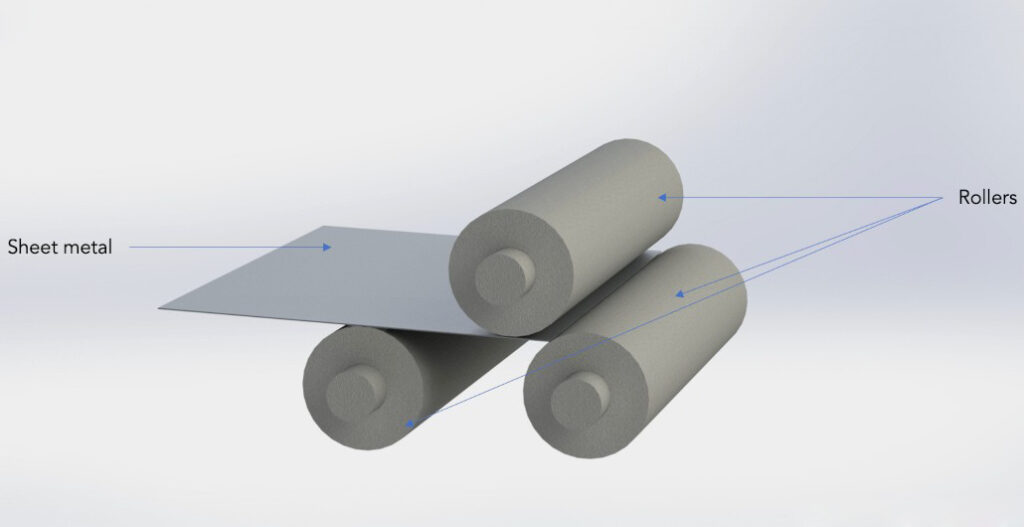
Method #4 Rotary Stretch Bending
The titanium sheet is clamped to a rotary die and stretched around the die to create a geometry with a radius that matches the desired bend radius. Rotary stretch bending typically employs an internal support mandrel to prevent wrinkling on the walls of the bent metal sheet and will not scratch the metal surface. Rotary stretch bending allows for better control of the process to maintain a precise radius, with tolerances of ±0.5° easily achievable. As a result, the surface is less susceptible to cracking and other defects since the required tonnage is 50% to 80% or less. It also allows the titanium sheet to be bent into sharp angles.
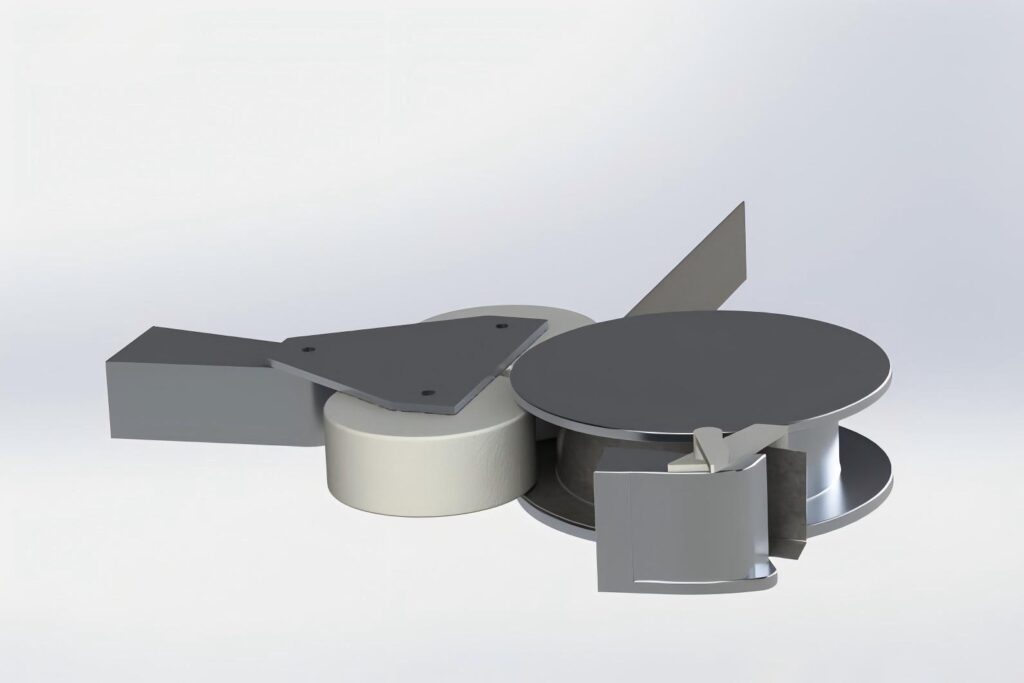
Sheet Metal Bending Titanium Grades
Commonly used titanium alloy grades suitable for bending processes, with their respective characteristics and adaptation processes, have shown their talents in the vast industrial landscape from people’s livelihood to high-tech and precision industries, and continue to promote industrial products towards higher quality, higher efficiency and innovation.
- TA1
It has good plasticity and corrosion resistance, and its elongation is high, usually above 27%. It is easy to bend and form, can withstand large deformation without breaking, and can be cold-processed and bent at room temperature. It is often used for parts with simple shapes that require corrosion resistance, such as pipes and reactor liners in some chemical equipment.
- TA2
It has slightly higher strength than TA1 and slightly lower plasticity, but still has good bending performance, can be cold-processed, can withstand large deformation, and is suitable for forming processes such as bending. It is widely used in aerospace, medical equipment, chemical equipment and other fields, such as aircraft skeletons and skins, seawater corrosion-resistant pipes and valves for ships, etc.
- TA3
It has higher strength than TA2, but relatively lower plasticity, and slightly inferior processability to TA1 and TA2. TA3 has a tensile strength of 540-720MPa and an elongation of about 18%-20%. However, it is relatively affordable and has a cost-effective advantage in scenarios where plasticity requirements are not extremely strict. For example, it is made into unique titanium alloy tableware, decorative strips, etc.
- TC4
Grade 5 titanium is one of the most widely used titanium alloys, containing 6% aluminum and 4% vanadium, with high strength, good toughness and corrosion resistance. Its strength is relatively high, and it is easy to break if it is bent directly at room temperature. When it is heated to a suitable temperature range (generally 650-850°C), that is, entering its hot working temperature range, its plasticity will be significantly improved, and a better bending effect can be achieved. It is often used to manufacture key components in the fields of aerospace, medical equipment, etc., such as aircraft beams, landing gear, and human implants.
In the fiercely competitive and rapidly iterating titanium industry manufacturing track, Wstitanium has built an insurmountable industry barrier with its outstanding titanium parts manufacturing capabilities, becoming a trusted partner of many high-end manufacturing companies. In addition, Wstitanium also provides a variety of excellent surface treatment options to enhance the aesthetics and functional properties of your products.
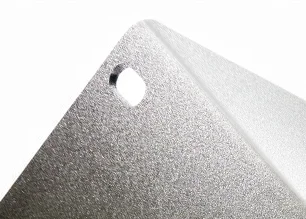
Sandblasting
Titanium parts achieve a uniform matte finish with a grainy texture, eliminating machining marks or blemishes. This is often a preparatory step for other surface finishing options.
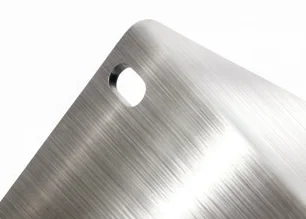
Polishing
Titanium parts produces a smooth surface to achieve excellent surface roughness, enhance visual appeal and minimize light scatter.
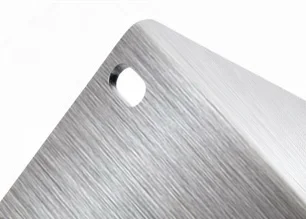
Brushed
The textured non-reflective finish on the surface can effectively hide fingerprints and minor scratches. It hinders the adhesion of stains and water stains.
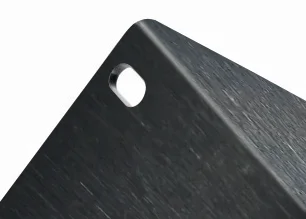
Brushed + Anodized Type II
After brushing, the titanium parts are immersed in an anodizing tank (Type II). This process improves corrosion and wear resistance, enhances surface hardness, and provides a variety of color options.
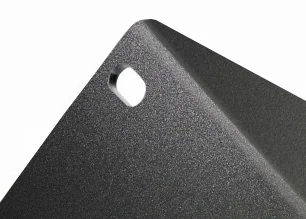
Sandblasting + Anodizing Type II
After sandblasting, the parts are immersed in an anodizing tank (Type II). This improves corrosion and wear resistance, enhances surface hardness, and offers a range of color options.
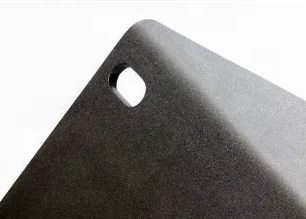
Anodizing Type III (Hard Coating)
Anodizing Type III provides an extremely durable surface for titanium parts, significantly improving wear resistance. It has a matte finish and is resistant to scratches.
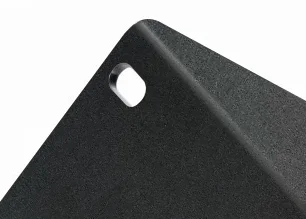
Powder coating
Apply a uniform, dense coating to titanium parts in a variety of colors to block corrosion from moisture, salt and chemical media.
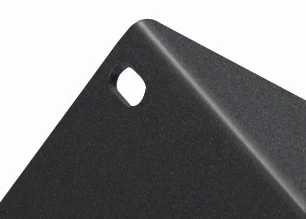
Black Oxide
Provides a smooth, non-reflective surface with slight corrosion resistance and a decorative appearance.
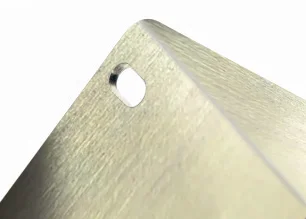
Chromate Conversion Coatings
Provide corrosion resistance and improve adhesion of subsequent paint or coating applications while maintaining electrical conductivity.
Quality Inspection
Quality can be defined as the degree to which a product conforms to its requirements. As stated in ISO 9000:2015 Part 3. The degree to which a set of inherent properties of an object meet the requirements. Wstitanium understands the importance of sheet metal manufacturing quality control in the production of sheet metal parts. Achieving consistency in components not only eliminates defects, but also helps minimize costs while maintaining high security and reliability of sheet metal standards. Wstitanium’s quality inspection items for sheet metal manufacturing include: straightness, flatness, concentricity, perpendicularity, contour, runout, etc. Standard dimensions and tolerances are established for each feature to improve accuracy.
